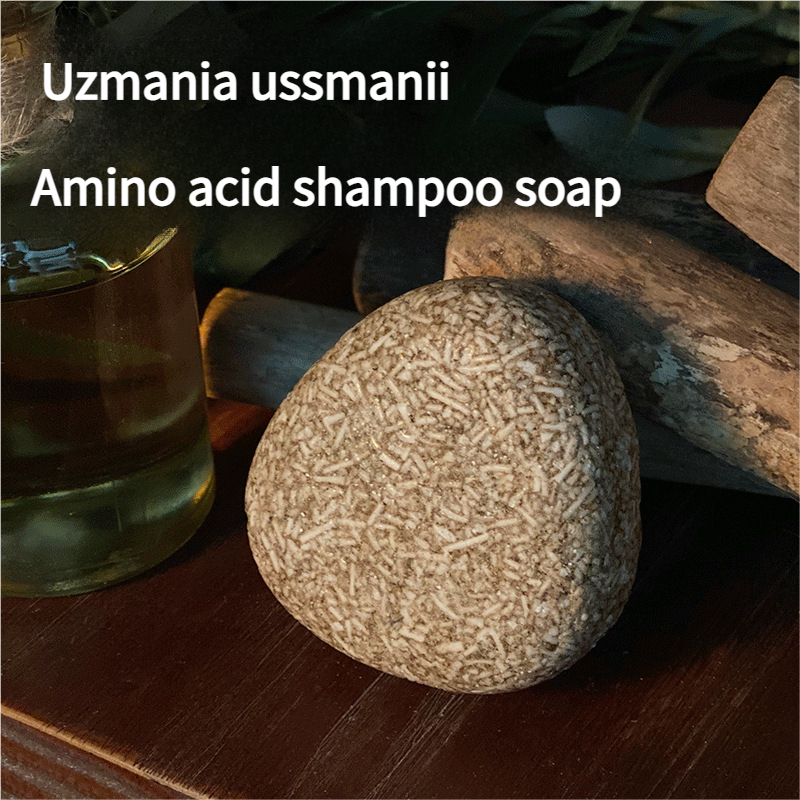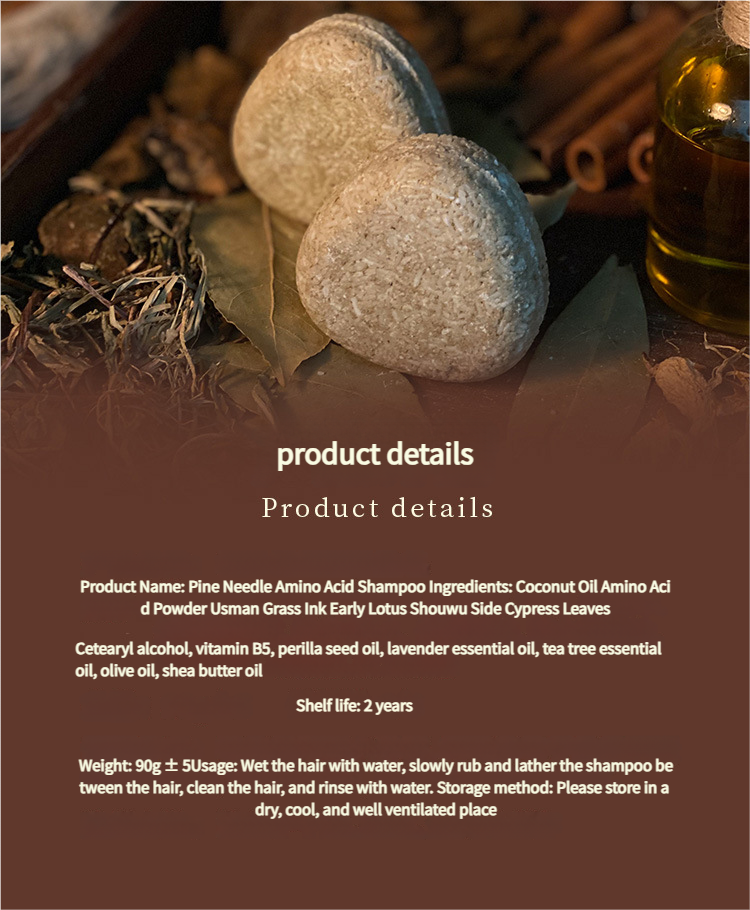In today's pursuit of skin health and gentle cleansing, the name "Amino Acid Soap" is appearing more and more frequently. It is hailed as a savior for sensitive and dry skin, but what exactly is it? And how does it differ from traditional soaps (soap-based cleansers)?
What is Amino Acid Soap?
First, it's important to clarify that the so-called "amino acid soaps" or "amino acid cleansing products" on the market primarily refer to soaps or cleansers that use "amino acid-based surfactants" as their main cleansing ingredient.
Core Ingredient: This type of surfactant is a cleansing component synthesized from natural amino acids (such as glutamic acid, glycine, etc.) or short peptides through chemical modification.
Difference from Traditional Soap Base: Traditional soap (soap base) is produced by the saponification reaction of fats/oils and a strong alkali (like sodium hydroxide), making it alkaline (high pH value). Amino acid soap, on the other hand, utilizes the characteristics of amino acid-based surfactants, allowing the product's pH to typically be controlled in the mildly acidic range (close to the natural pH of human skin, which is around 5.5). This significantly improves the user experience and gentleness.
In short, amino acid soap is a soap product whose primary cleansing power comes from amino acid-based surfactants, making it much gentler because its properties are closer to the skin's natural mild acidity.
The Powerful Benefits of Amino Acid Soap
Amino acid soap is widely loved primarily because of the gentleness and nourishment it provides:
1. Ultimate Gentleness and Low Irritation
This is the biggest advantage of amino acid soap. Because its pH is close to the skin's natural level, it can:
Protect the Acid Mantle: It avoids excessive cleansing and destruction of the mildly acidic protective barrier (the acid mantle) on the skin's surface.
Reduce Irritation: The skin feels non-tight and non-dry after washing. It is especially suitable for people with sensitive skin, dry skin, and compromised skin barriers. It is relatively mild even for facial cleansing, bathing, or use on children and private areas.
2. Balance of Cleansing Power and Nourishing Feel
Despite its gentleness, amino acid soap still offers good cleansing efficacy.
Effective Dirt Removal: It can effectively remove sebum, dirt, and cosmetic residue from the skin.
Non-Stripping After Wash: Many amino acid soaps contain moisturizing ingredients like glycerin, hyaluronic acid, and squalane. While cleansing, they lock in moisture, leaving the skin feeling hydrated, soft, and non-tight, unlike the "squeaky clean" dryness of traditional soap bases.
3. Good Biodegradability (More Eco-Friendly)
Amino acid-based surfactants generally have excellent biodegradability, making them relatively friendly to the environment.
How to Choose and Use Amino Acid Soap?
Check the Ingredient List: When purchasing, look for ingredients containing "acyl + amino acid" such as "Sodium Cocoyl Glutamate" or "Sodium Lauroyl Sarcosinate" in the list—these are common amino acid surfactants.
Foam Experience: Compared to the rich, dense foam of traditional soap bases, the foam of pure amino acid soap may be relatively loose, fine, but less abundant. If you prefer a lot of foam, you can use a foaming net.
Suitable Users:
Highly Recommended: People with dry skin, sensitive skin, in autumn/winter, or those who need to cleanse frequently.
TIP: For people with oily skin and excessive sebum secretion who feel the cleansing power is insufficient, consider products that are a "soap-amino acid compound" (combining a soap base and amino acid surfactants) to achieve a better balance of cleansing.
Conclusion:
If you are looking for a cleansing product that thoroughly cleanses without stressing your skin, amino acid soap is definitely worth trying. With its characteristics of gentleness, nourishment, and compatibility with the skin, it redefines the comfort of cleansing!






